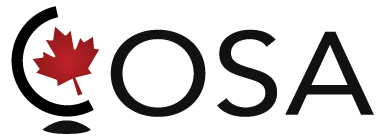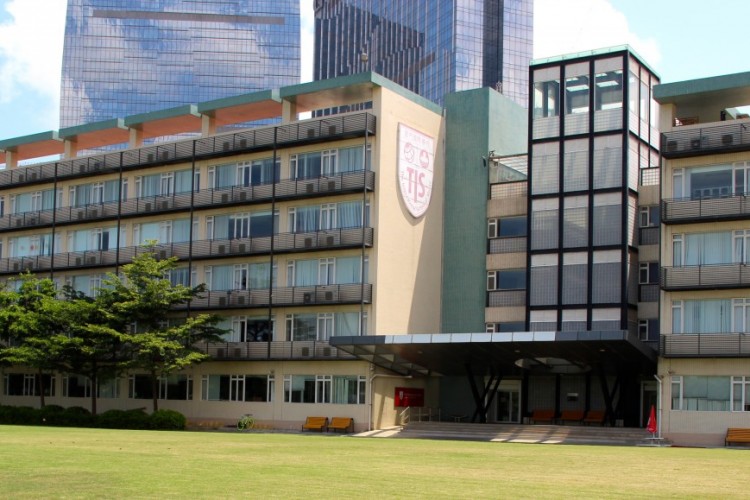Nick Chignall, Kindergarten Vice Principal at the International School of Macao discusses Alberta’s Early Learning and Care Curriculum Framework. Flight is a curriculum framework that guides early learning and childcare educators in their work to support young children (ages 0 – before 6 years). https://www.tis.edu.mo/vision/alberta-at-the-forefront-of-early-childhood-education/



